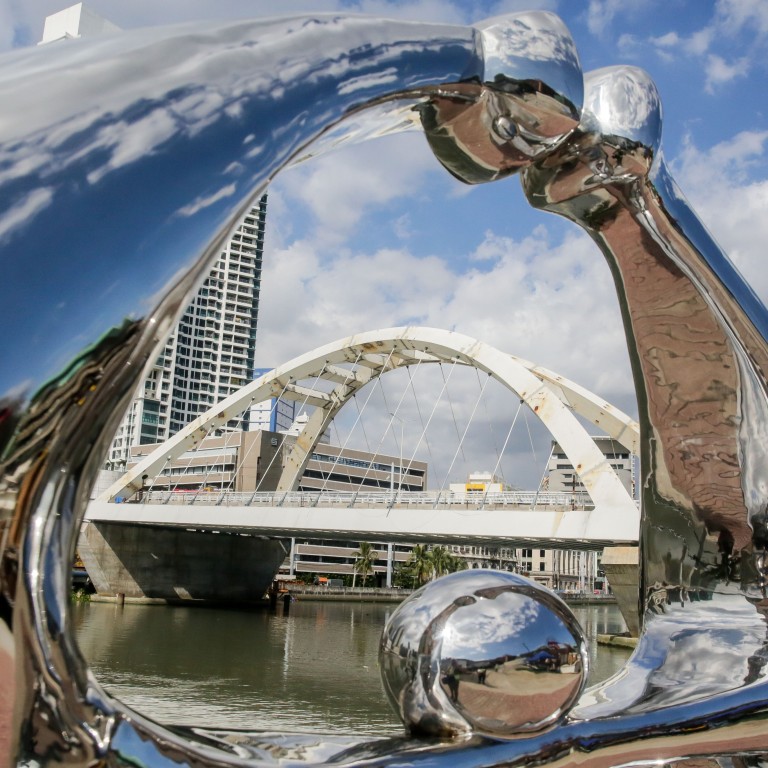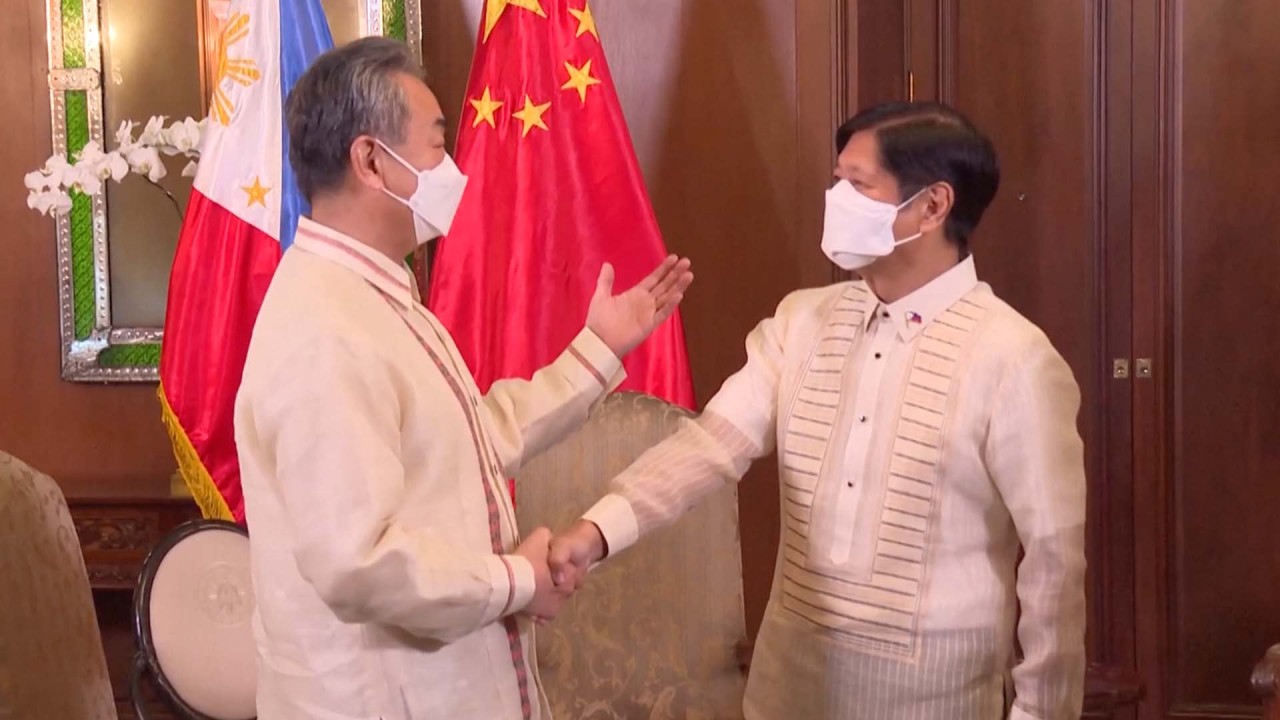
China’s Asean engagement boils down to economic development, former officials in Southeast Asia say
- China’s Belt and Road Initiative remains a key means to bolstering connectivity, trade and investment with the regional trade bloc via infrastructure projects
- Sticking together seen as ‘the only way to survive’, as the bargaining power of a single Asean country is relatively weak
China and the Asean bloc that comprises its biggest trade partner should steel themselves for even greater economic cooperation while guarding against any attempts to politicise economic issues as they engage in mutually beneficial projects, according to former officials in Southeast Asia.
In separate interviews with the Post, Sihasak Phuangketkeow – the former permanent secretary of Thailand’s Ministry of Foreign Affairs – and Harry Roque – the former spokesman of former Philippine president Rodrigo Duterte – discussed the current situation.
Their comments come as China is marking the 10th anniversary of its Belt and Road Initiative – a global trade effort to link economies into a China-centred trading network. And the Association of Southeast Asian Nations (Asean) remains crucial to that effort.
The belt and road strategy is “complementing” Asean’s “massive plan of connectivity” and “expanding links with China”, according to Phuangketkeow, while infrastructure leads to connectivity, trade and investment that can foster integration when countries are faced with security issues.
China’s shipments to Asean nations soared by 35.43 per cent in March, year on year.
“Everybody knows that we have geopolitical competition, and our region seems to be more intense,” he added, explaining that sticking together is “the only way to survive” because the bargaining power of a single country in Asean is “weak”.
“Our agenda is set on economic development,” Phuangketkeow said. “We don’t want to be caught in geopolitical competition, but this is unavoidable. So, we have to navigate very carefully and avoid taking sides.”
Echoing Phuangketkeow’s sentiment, Roque reckons that “China should invest further in the Philippines”, which agreed to engage with China via the Belt and Road Initiative in 2018.
“My suggestion is [for China to invest in] the ports of the country,” Roque said, adding that this would put China in “the most strategic position” to influence the Philippine’s defence policy.
He added that Filipinos want to “see more Chinese involvement in our economy, because money talks”.
According to a report compiled by the Institute for Emerging Market Studies at the Hong Kong University of Science and Technology, Chinese projects in Asean countries are aimed at “establishing a network of transnational economic corridors, multimodal land and maritime routes, oil and gas pipelines, and electrical grids that assist mainland China and participating countries to hedge against the inherent geopolitical risks of single trade routes”.
Phuangketkeow said that one of the signature Belt and Road Initiative projects in the region is the Bangkok-Nong Khai high-speed railway that connects Bangkok, Thailand, with Kunming in China’s southwestern Yunnan province, via Laos.
Phuangketkeow also said that Asean has made a lot of progress in terms of economic integration, and “we believe that this kind of regional trading agreement is the way to go now”.
RCEP, which comprises 15 member countries including China, took effect on January 1 last year and is the world’s largest trade pact. It covers about a third of the world’s population and 30 per cent of its global gross domestic product (GDP).
“Right now, we have to move towards a green economy, and this is something Asean needs. China has the technology,” Phuangketkeow said, adding that China has been making advancements in industries such as pharmaceuticals. “This is another area where China is a leader – biotechnology.”
He noted that China should look into areas related to Thailand’s development to capitalise on the country’s diversity and culture, while also using technology and innovation to transform Thailand into a value-based and innovation-driven economy.
For Roque, the Belt and Road Initiative “goes beyond soft power”.
“The Philippines’ national interest is having more food on the dining table,” he added. “So, it means that the [belt and road], as an initiative, could be attractive to the Philippines precisely because it will bring more food to the Filipino table. It’s really in the nature of soft diplomacy.”
The US and its allies have the initiative to build better. But so far, there’s a lot of talk but not much concrete action
Roque suggested that the exploration and expedition of mineral processes between China and the Philippines should also continue, as this would be “mutually beneficial” and would “improve [China’s] energy security”.
“Competition is good, but the emphasis of zero-sum games is what we’ll avoid,” Phuangketkeow said. “The US and its allies have the initiative to build better. But so far, there’s a lot of talk but not much concrete action.”



